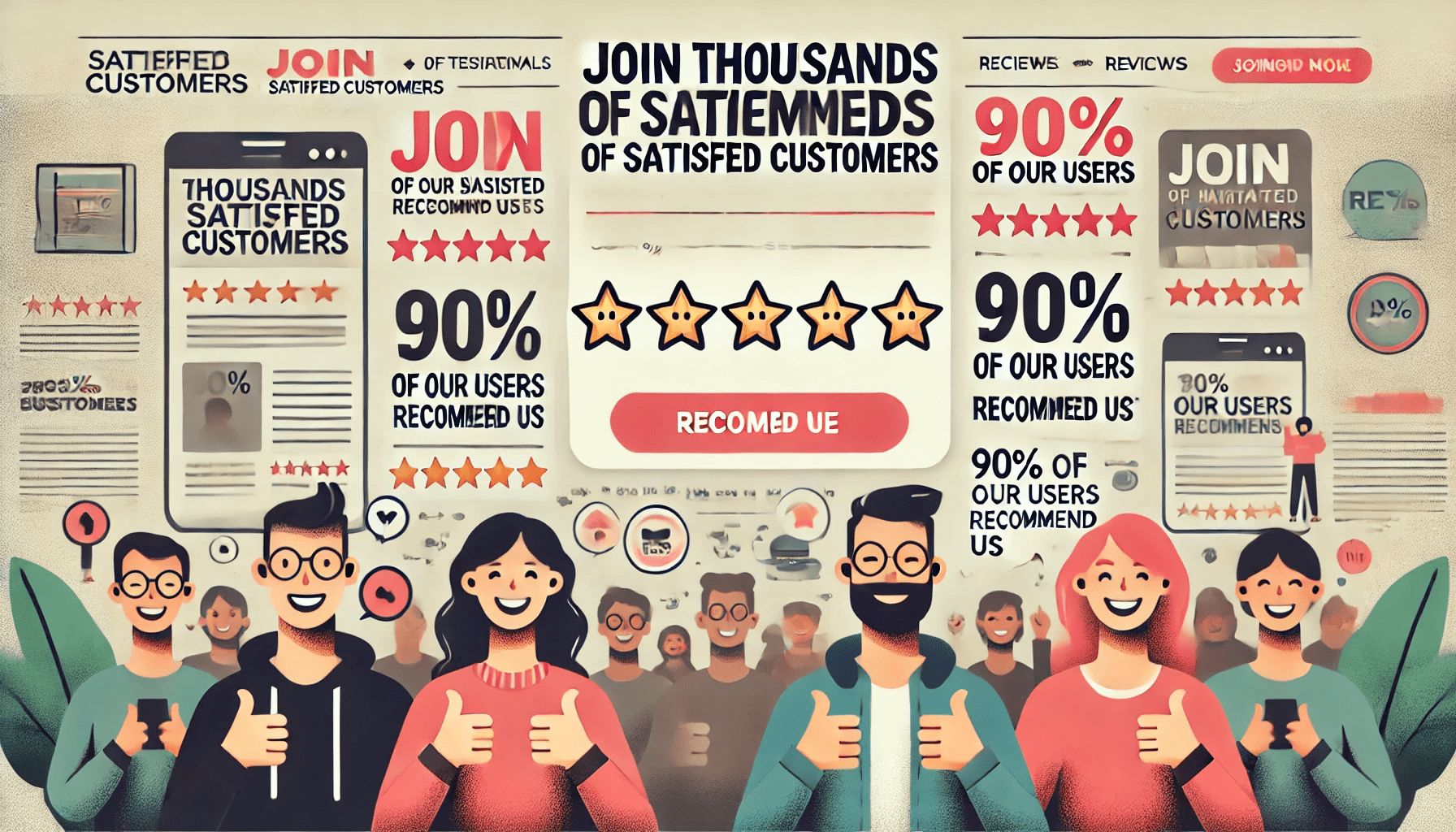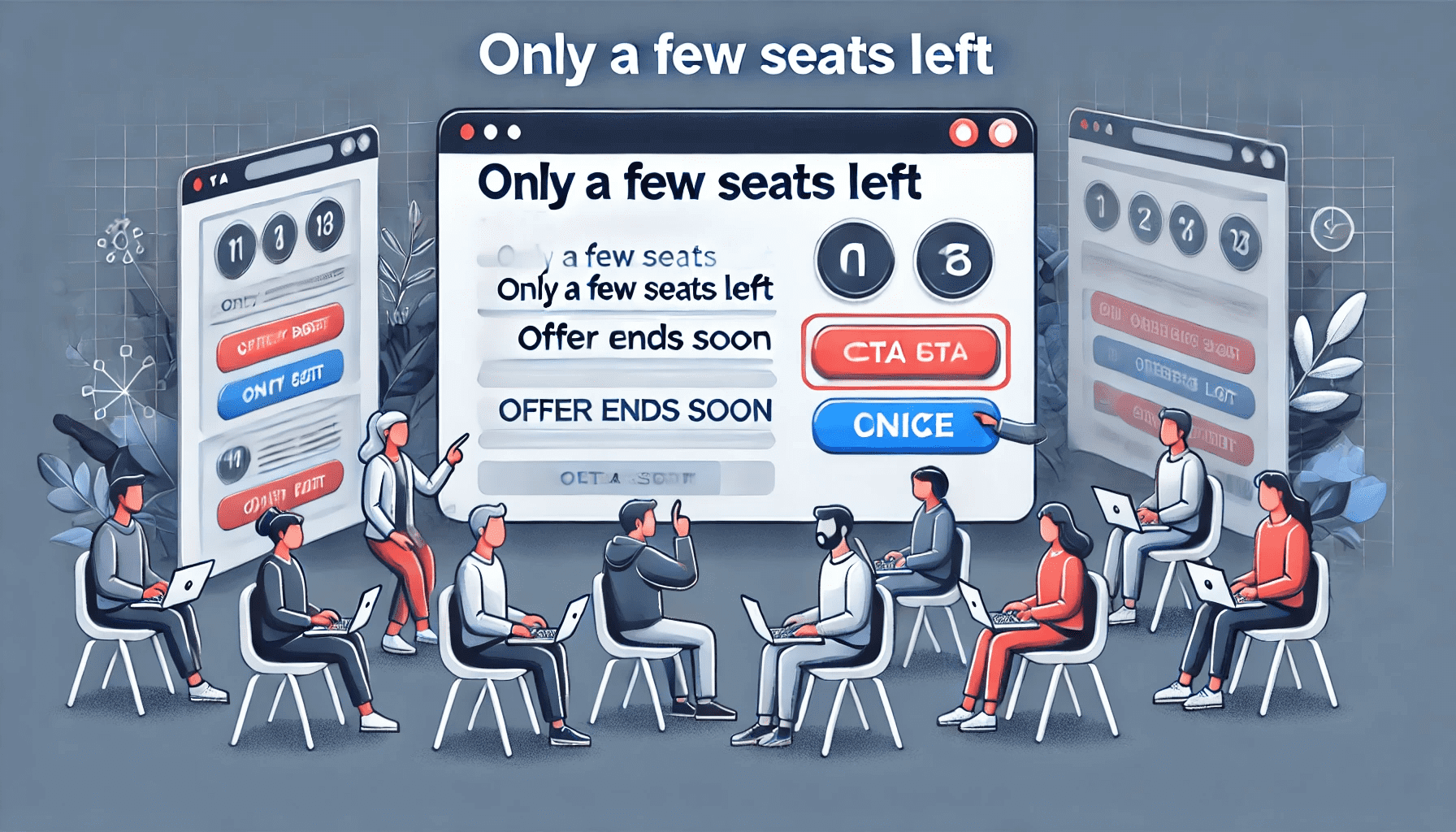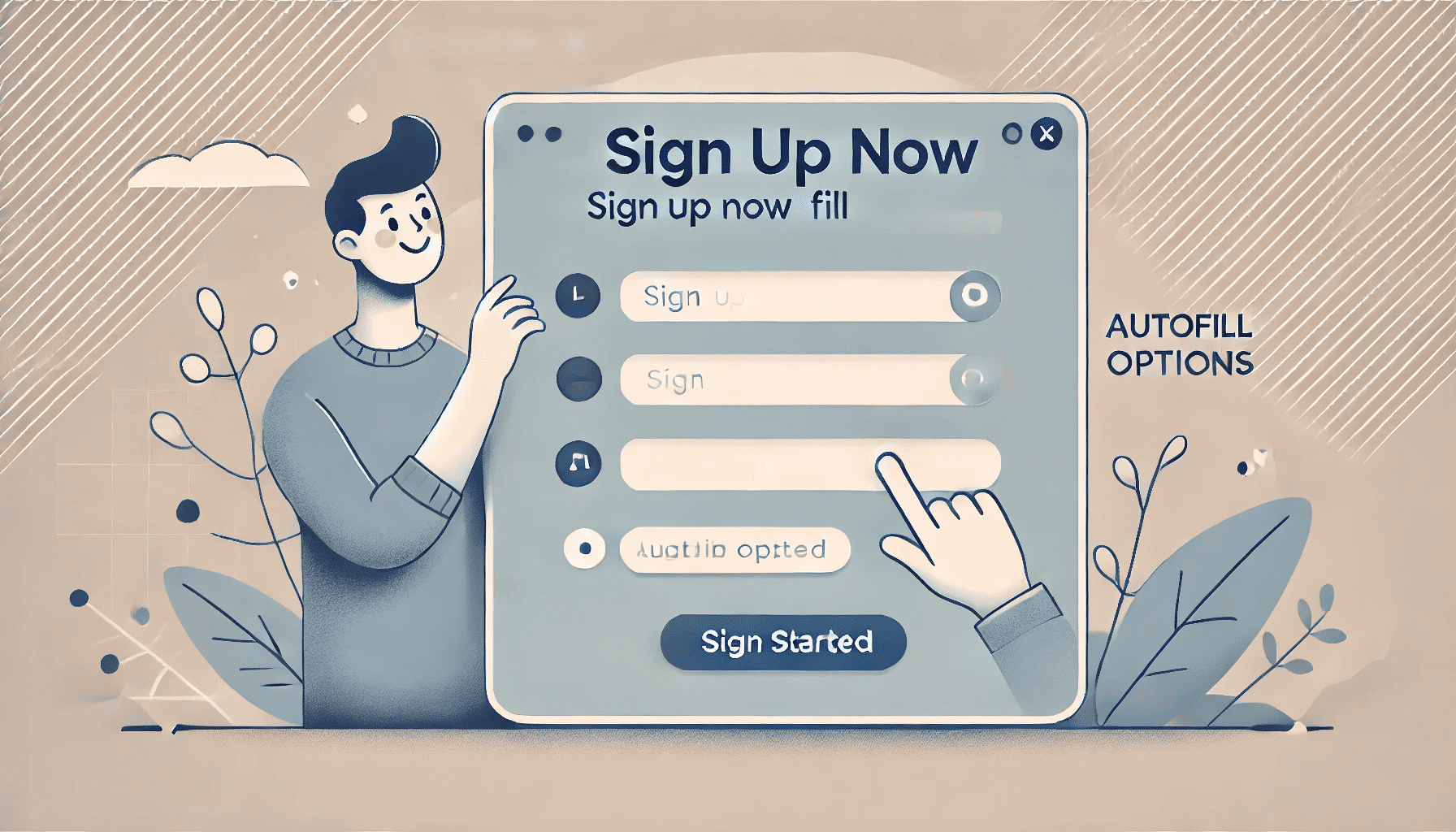In this article we look at Psychology of Lead Conversion: 5 Ways to Turn Interest into Action.
Understanding psychological principles is important for effective lead conversion. By understanding the way people think and behave, you can create compelling strategies that transform interest into action.
Table of Contents
1. Leverage Loss Aversion

People are more motivated to avoid losses than to acquire gains, a principle known as loss aversion. This is powerful in driving conversions.
Application:
Create urgency in your CTAs by highlighting potential losses if no action is taken.
Use phrases like “Don’t miss out on this limited offer” or “Your free trial is ending soon, subscribe now to keep enjoying the benefits.” Emphasize the fear of missing out (FOMO) to prompt quicker decisions and drive immediate action.
2. Utilize Social Proof

Social proof, the concept that people look to others to decide what is correct, can be influential in boosting conversion rates.
Application:
Include testimonials, reviews, and case studies in your call to actions to build trust and credibility. Phrases like “Join thousands of satisfied customers” or “See why 90% of our users recommend us” can be very effective.
Real user experiences reassure leads and encourage them to convert by showing them that others have had positive experiences
Landing pages for our digital marketing agency are littered with real life testimonials from happy clients from Singapore!
3. Create Urgency with Scarcity

The fear of missing out (FOMO) can drive people to take action quickly. Highlighting scarcity or limited availability of an offer can create a sense of urgency.
Application:
Incorporate phrases like “Limited seats available” or “Offer ends soon” in your CTAs. This creates a sense of urgency that encourages immediate action, as potential leads will want to avoid missing out.
4. Simplify the Decision-Making Process

Users dislike complexity. Hence reducing complexity can make decisions easier. Leading to higher conversion rates. When the path to action is clear and straightforward, leads are more likely to follow through.
A well-designed user interface (UI) and a seamless user experience (UX) are crucial in achieving this goal.
Application:
Clear and Straightforward Language:
In general, avoid jargon or overly complex terms that could confuse users. Simplicity in language helps users quickly understand what action they need to take.
This is emphasized in our lead generation services for both B2B and B2C business owners. That is because business owners may fall in love with their product and get too technical about it.
Minimize Friction:
Friction points, such as lengthy forms or complicated navigation, can discourage users from converting. Simplify forms by only asking for essential information and providing autofill options when possible.
5. Harness the Power of Reciprocity
Reciprocity is a psychological principle where people feel compelled to return a favor or kindness. By offering something valuable to your leads, you can increase the likelihood that they will reciprocate by taking the desired action.
Application:
Offer Free Value and Helpful Resources:
Provide something of value to your leads for free, such as an eBook, a free trial, or a useful tool. Share helpful resources that can genuinely benefit your leads. Providing useful information establishes goodwill and positions your brand as an authority.
This initial act of giving can create a sense of obligation to reciprocate.
6. Design and Visuals
Consistent and high quality design and visuals can impact a lead’s decision-making process.
Application:
1. Use High-Quality Images: High-quality, relevant images make your content trustworthy. Include images of your product in use, happy customers, or visually appealing graphics that support the content.
2. Consistent Branding: Maintain consistent branding across your website, including colors, fonts, and logos.
Some Additional Tips:
- Consistency is Key: Ensure that your messaging remains consistent across all platforms. Consistent messaging reinforces credibility and trust, which are essential for conversions.
- Visual Hierarchy: Design the UI with a clear visual hierarchy that guides users’ attention to the CTA. Use contrasting colors, larger fonts, and strategic placement to make the CTA stand out. The rest of the page should support the CTA by providing relevant information without overwhelming the user.
- Mobile Optimization: Ensure that your landing pages are mobile-friendly. In today’s use of smartphones, a seamless mobile experience is important for capturing leads online.
- A/B Testing: You can test headlines to CTAs to see which ones perform better. Small tweaks in wording, design, or placement can lead to significant improvements in conversion rates.
- Follow-Up Strategy: Implement a follow-up strategy for leads who show interest. Email reminders, retargeting ads, outreach from your sales team and personalized messages can help nurture these leads towards conversion.
Conclusion
Harnessing the power of psychological principles significantly enhances lead conversion rates.
They can range from leveraging loss aversion, social proof, urgency, simplicity, and personalization to having consistency in your visuals.
Join The Logo Community
We hope this article has helped. If you would like more personal tips, advice, insights, and access to our community threads and other goodies, join us in our community.
You can comment directly on posts, access our community threads, have a discussion and ask questions with our founder Andrew.
If you’re looking to learn more about brand strategy, we highly recommend eRESONAID with our friend and acclaimed brand strategist and author Fabian Geyrhalter, it’s packed full of knowledge and insights you will need to learn to become a brand strategist or apply what you learn within your own business.



![Guide for B2B Marketers - Conversion Optimisation (CRO) [And How To Avoid Most Common Mistakes]](https://i0.wp.com/www.thelogocreative.co.uk/wp-content/uploads/Guide-for-B2B-Marketers-Conversion-Optimisation-CRO-And-How-To-Avoid-Most-Common-Mistakes.jpg?resize=350%2C200&ssl=1)


